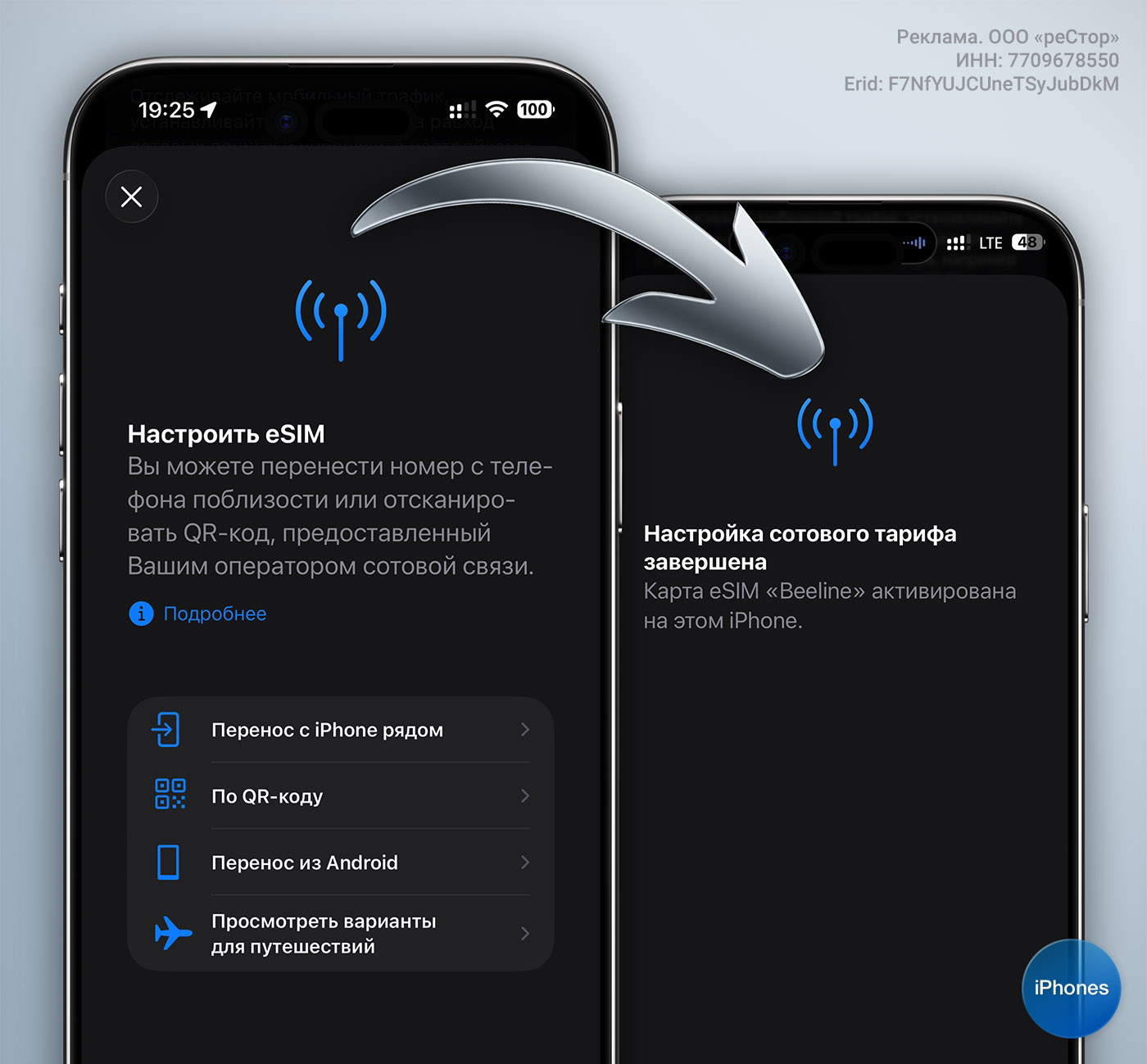English DT journalist and audio specialist Simon Cohen makes a very reasonable point about the difficulties of listening to lossless audio using Bluetooth.

As someone who reviews headphones, earbuds, and speakers for a living. Bluetooth, I can try out many new audio technologies first. I won’t lie, this is one of the best parts of the job.
And sometimes I get caught up in the hype of these new technologies, which is probably one of the worst parts of the job because I end up giving readers the wrong impression.
Take lossless audio for example. Statistically, you probably won’t hear this when you use wireless headphones Bluetooth.
I don’t mean that you can’t receive lossless sound. Many people have their own library of lossless FLAC tracks, several music streaming services offer lossless audio (some with high-resolution audio too), and if you have CDs, it’s the original lossless audio format.
What I’m saying is that one of the most exciting recent developments in the wireless audio space – the ability to play lossless audio over a Bluetooth connection – is something that most of you haven’t been able to experience yet, and you may not be able to experiment with for some time.
Lossless Bluetooth? What’s the difference?
But before we get to why you’re not hearing it, here’s a quick rundown of why you (maybe) should care.
We all love the convenience of going wireless, whether it’s greater freedom of movement during workouts, the ability to walk from the living room to the kitchen without removing headphones, or simply not having to contend with tangled wires. But as convenient as Bluetooth is, it can change the quality of your sound.
If you’ve ever wondered why some people (mostly those who call themselves audiophiles) are still obsessed with wired headphones and in-ear monitors (IEMs), it has a lot to do with the loss of quality that bandwidth-limited Bluetooth has historically had . Designed for wireless audio.
So when Qualcomm announced that it had finally solved the quality problem with aptX Lossless, a new Bluetooth codec that promises perfect, lossless CD-quality audio preservation, it was a big deal.
For the first time, you could buy a pair of wireless headphones and know that whether you liked the sound of them or not, the fact that they were wireless was no longer a concern. In theory, as long as you’re only listening to CD-quality audio (as opposed to high-resolution audio), whether or not you have a wired connection doesn’t matter.
In theory.
Unfortunately, Qualcomm’s solution to the Bluetooth quality problem is proprietary. For aptX Lossless to perform its magic trick of delivering perfect audio, both your wireless headphones (or headphones or speaker) and the source device (usually your phone) must be equipped with the platform. Snapdragon sound from Qualcomm.
Snapdragon Sound isn’t just software, it’s based on Qualcomm’s SoC. In other words, headphones and phones must have compatible Qualcomm silicon. This is where things get complicated.
While it’s true that a growing number of wireless headphone makers are integrating Qualcomm’s Snapdragon Sound chips (big names like Bose and Sennheiser are among them), when it comes to phones, adoption has been slow. To make matters worse, the companies that put Qualcomm chips in their phones represent the smallest portion of the market, at least in the US.
How bad?
As of the end of March 2024, Apple ranked No. 1 in smartphone sales in the United States by a wide margin, while Samsung was No. 2. Together they control just over 82% of the market. Neither company uses Qualcomm Snapdragon Sound chips.
The same can be said for Google’s Pixel phones. If we add to this the relatively small share of fourth place in sales, then now we have about 85%.
According to the Qualcomm website, smartphones with Snapdragon sound are sold only by Asus, Vivo, Motorola, Sony, Sharp, Xiaomi and Nubia.
It’s tempting to praise wireless headphones when they support aptX Lossless, especially when I hear about the improvements the codec promises. But deep down I always have a fear: why praise something that most buyers can’t hear with their current smartphone? (And it probably won’t be with the next one either.)
Luckily, most Snapdragon Sound-based headphones are also really great products, even if you ignore Qualcomm’s contributions to lossless Bluetooth. Therefore, this problem rarely affects my ratings.
However, I can’t help but feel like every time I mention Bluetooth lossless audio in a review, I’m perpetuating a form of false advertising. It’s not that these companies are lying, it’s just that they are highlighting benefits that most of their customers will never receive.
On the other hand, these things often end up in an “if you build it, they will come” scenario. If there are no wireless headphones or headphones that support aptX Lossless, what incentive does a company like Google have to add Qualcomm chips to their phones?
I don’t know about the behind-the-scenes deals between the tech giants, but I’m guessing there was more talk about who benefits the most when a phone supports Snapdragon Sound.
So, what does this get you if you’re looking for new wireless headphones or headphones and have no intention of upgrading your current phone to one of the few that supports lossless audio over Bluetooth? Honestly, this means you’re in the same position you were before aptX Lossless: you should read the reviews and ratings and make a decision based on the most important features you can use on your current phone today.
It’s just that lossless audio probably won’t be included on this list at this time.
Source: Digital Trends
I am Garth Carter and I work at Gadget Onus. I have specialized in writing for the Hot News section, focusing on topics that are trending and highly relevant to readers. My passion is to present news stories accurately, in an engaging manner that captures the attention of my audience.










